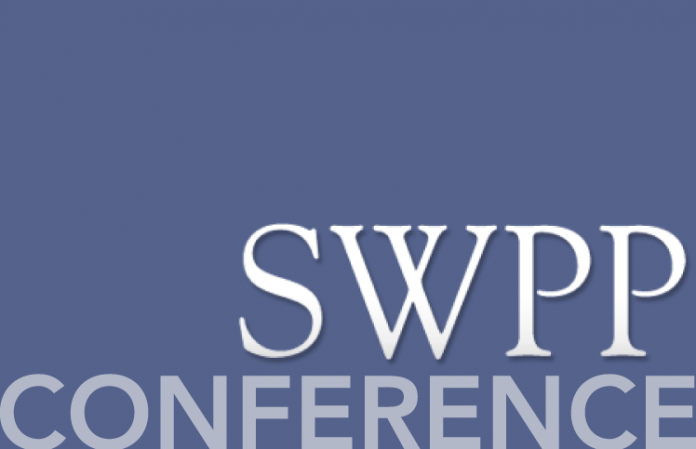
The 2016 SWPP Annual Conference in Nashville (April 4-6) was a lot of fun. I came home with a notebook full of facts and lessons that I captured—it was just as thick as last year’s was and just as thick as I expect next year’s will be. This conference is dedicated to workforce management, which means the topics are all about forecasting and scheduling in the contact center.
30 tips, advice, and notes I took home from this year’s SWPP conference:
- WFM assessments are painful; managers need to be ready to hear how ugly their baby is.
- A flat pattern in call history might be an indication of call blocking because capacity has just been maxed out.
- Good data is mandatory, not optional. If I don’t have good data, then I’ll make stupid schedules.
- How to explain correlation of coefficients: “Does this pattern match that pattern?”
- When AHT increases toward the end of the day, it might be due to: less supervision, less experienced staff, agent behavior or customer behavior.
- Make sure that your data projects what you’re trying to predict.
- Ensure that associates and team leaders understand their role in accurate forecasting.
- Standard Erlang does not apply in a 5-minute interval forecast.
- Lower tenure = higher AUX
- Giving an executive numbers is OK, but showing them numbers is what they need us for.
- Be the one person in the call center who can always be honest, no matter what, and with no secrets: Own our misses/failures, and let people know when we accidentally mess up on a forecast.
- Old trend: The call center had to do what WFM says. New trend: WFM and Leadership share this responsibility now.
- Executives can spin what they know, but they can’t spin a surprise.
- Consider a blackjack analogy to meet service level; you can buy several hands of cards which increase the chance to get 21 or beat the dealer, but can you afford all of those hands?
- WFMers are part of the team but not part of the drama; sometimes they need to experience the agent lifecycle, too.
- One company doesn’t track unproductive shrinkage at all—they just give everyone two free minutes for every hour worked, and get 24 tardies/year.
- Scheduling blocks, IDP cells, net staff results; all of those boxes are people.
- Let the managers manage, but don’t let them run us out of business.
- When bringing a problem and solution to executives, don’t give them more than three choices.
- There is danger in having every single piece of information available at all times. There needs to be a filter and an alarm to keep it meaningful.
- Don’t wear out the open door.
- “Power of one” is an exercise that can be done with executives, too.
- Another definition for shrinkage: the difference between what you could schedule and what you can schedule.
- If you have a lot of password activity, chat handles these nicely.
- Conditional unemployment—off season—call them back when they’re needed, and let them collect unemployment until then.
- Making exceptions during a shift bid can impact the integrity of the scheduling process.
- A very thorough shift bid process can take as long as 13 weeks from start to finish.
- The most coveted shift is 4:30 a.m. to noon (!?!).
- =SUMPRODUCT( )
- I’m not the only one who considers SWPP a hobby.



